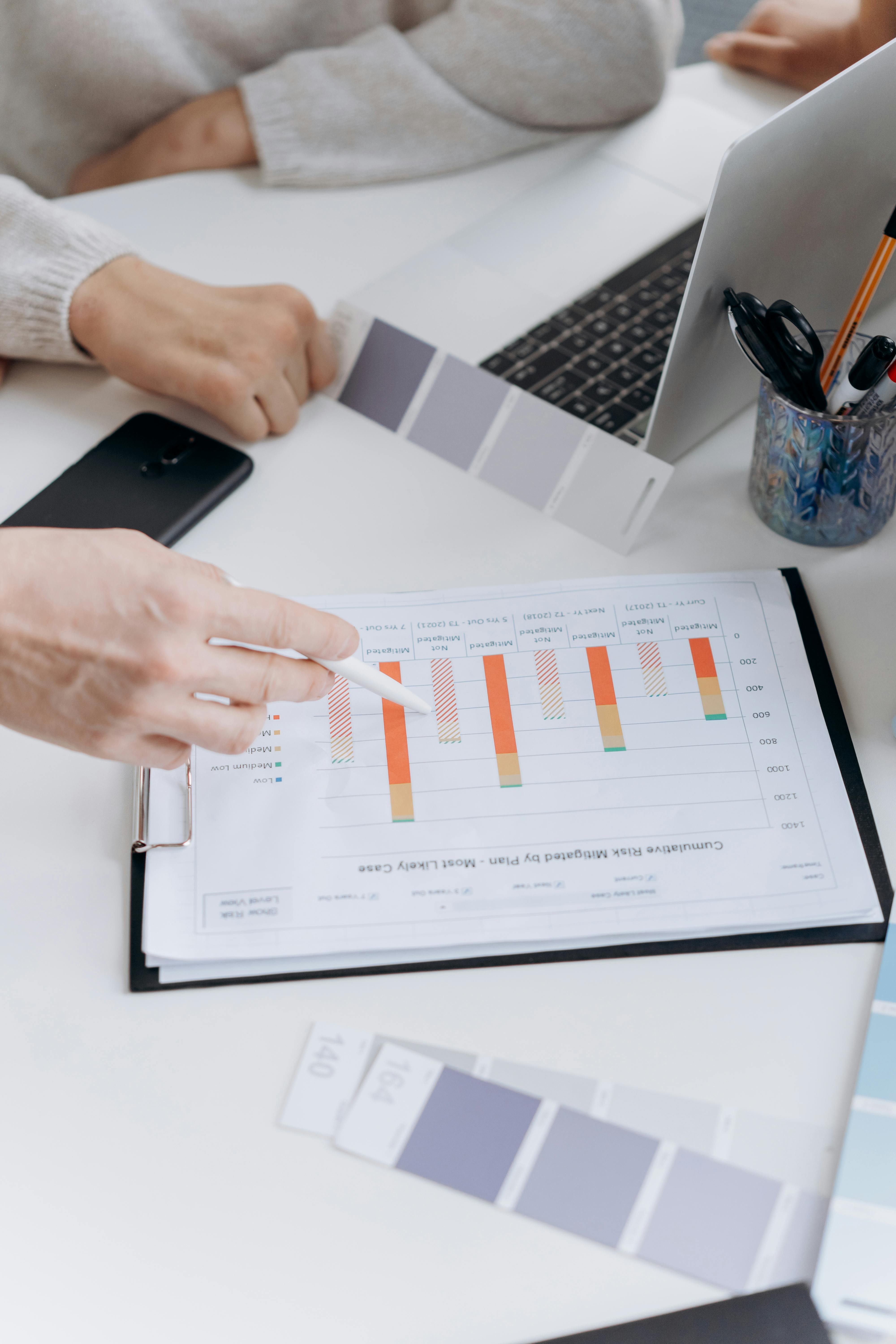5 Practical Ways to Speed Up Nose Piercing Healing in 2025
Nose piercings have become increasingly popular in recent years, serving not just as a form of self-expression but also as a statement of cultural significance. While the aesthetic appeal is undeniable, the healing process is crucial for ensuring healthy and attractive results. Understanding the average healing time for nose piercing and the best practices for speedier recovery is essential for anyone considering this body modification.
Healing time typically ranges from two to four months, but various factors such as individual healing rates, nose piercing aftercare, and jewelry material can significantly influence the duration and quality of recovery. This article explores five practical techniques to optimize your nose piercing healing time and provides insightful tips to avoid common complications.
From adhering to proper cleaning regulations to recognizing the signs of infection, the following sections will serve as a comprehensive guide to navigate the nose piercing healing process.

Essential Aftercare Tips for Quick Recovery
Once you've had a nose piercing, following the right aftercare routine is critical to avoid complications and speed up healing. Maintaining a clean environment around the piercing site mitigates infection risks and promotes rapid recovery. The starting point of any effective care plan is proper cleaning.
Step-by-Step Cleaning Process
Using saline solution for cleaning the piercing is a widely recommended practice. Make a simple saline solution at home or purchase pre-made solutions designed for piercings. Clean the area twice a day using a cotton ball or pad, ensuring you gently cleanse around the piercing without excessive pressure, which could irritate the skin.
Choosing the Right Jewelry Material
When selecting jewelry, opting for hypoallergenic materials such as titanium or surgical steel minimizes the risk of allergic reactions and sensitivity. These materials cater to various skin types and are recommended for the initial healing period. Avoid changing the jewelry too soon, as this can disrupt the healing process and prolong the nose piercing duration for healing.
Avoiding Environmental Irritants
Another crucial aspect of nose piercing care tips involves steering clear of environmental irritants. Avoid swimming in pools, hot tubs, and bodies of water during the initial healing period, as these can introduce bacteria. Additionally, remember to keep hairspray, lotions, and perfumes away from the piercing to prevent irritation. Following these practices fosters an environment that is conducive to healing.
With these aftercare tips established, let’s dive deeper into lifestyle adjustments that contribute to effective healing.
Adopting Lifestyle Adjustments
Making some lifestyle adjustments can significantly enhance your healing journey. It’s not just about what you apply to the skin; a holistic approach can optimize the entire process. This section focuses on routines that can complement your healing journey effectively.
Nutrition and Hydration
What you consume directly affects your body's healing ability. A diet rich in vitamins, especially Vitamin C, can aid in wound healing. Foods such as citrus fruits, leafy greens, and nuts should be staples in your diet. Staying hydrated also plays a crucial role; drinking adequate amounts of water can enhance your skin’s healing capacity and overall health.
Managing Physical Activity
While staying active is important, excessive physical activity — particularly activities that may cause sweating or abrasive contact — can delay nose piercing healing. It is advisable to avoid strenuous exercise for at least a couple of weeks after getting your piercing. Additionally, wearing protective gear during physical activities helms in protecting your piercing from unexpected bumps and irritants.
Mental Wellness Considerations
Your mental health can influence bodily functions including healing processes. Stress can affect your immune system, potentially leading to healing complications. Engage in activities that relax you, whether it's meditation, yoga, or enjoying a hobby. Prioritizing mental well-being not only aids in faster healing but also enhances your experience throughout the piercing journey.
After considering lifestyle adjustments, it's essential to know how to recognize signs that your piercing may not be healing correctly.
Recognizing Signs of Infection and Complications
Understanding the nose piercing infection signs can be the key to prompt treatment, should complications arise. Many people often confuse normal symptoms of healing with signs of infection. This section will focus on identifying these critical signs.
Normal Healing Symptoms vs. Infection Signs
During the healing stages, some redness, minor swelling, and slight tenderness around the site are normal. However, if you notice increasing pain, severe swelling, or pus-like discharge, these could be indicators of infection. Monitoring the piercing closely and adopting a vigilant approach to care can avert such complications.
When to Consult a Professional
If you suspect an infection, consult a professional piercer or healthcare provider immediately. They can provide you with essential advice and medications to assist in recovery. Dealing with complications promptly increases the chances of avoiding long-term effects, such as noticeable scars or prolonged healing.
Common Errors in Nose Piercing Healing
Besides recognizing infections, being aware of common errors can bolster your healing process. Frequent changing of jewelry, excessive cleaning, and using harsh chemicals for cleaning can contribute to problems. Understanding these pitfalls ensures you adopt the best practices for nose piercing healing.
As you navigate these essential aspects, let’s explore the best practices to enhance your healing journey further.
Best Practices for Optimal Nose Piercing Healing
Implementing the right practices can significantly improve healing outcomes. In this section, we will outline strategies that contribute to healthier and faster recovery.
Using Anti-Inflammatory Treatments
If you experience swelling post-piercing, consider applying a cold compress around the area to minimize inflammation. Additionally, certain natural remedies such as tea tree oil or chamomile tea compresses can be used cautiously to soothe irritation, but always consult with a professional before application.
Regular Follow-Up Consultations
Scheduling follow-up consultations with your piercer can provide ongoing insights into your healing process. They can offer personalized advice based on your skin type and how your body is responding to the piercing. These consultations can be beneficial for resolving any questions or concerns early.
Monitoring Jewelry Fit
Ensuring that your jewelry fits well is crucial in the healing stages. Tight jewelry can cause discomfort and impede healing, while loose jewelry may lead to increased movement in the piercing, resulting in irritation.

Take the time to ensure your nose jewelry is appropriate for your lifestyle and healing process. Engaging with a knowledgeable piercer can assist you in making the best decisions.
Conclusion
Optimizing your nose piercing healing time involves a multifaceted approach that includes proper aftercare, lifestyle adjustments, awareness of complications, and best practices for healing. Remember, patience is an integral component of the healing process. Every body is unique; what works for one person may differ for another. Maintaining open communication with your piercer and being mindful of any unusual changes in your piercing can ensure a satisfying experience.
For more insights on aftercare and good healing practices, check out our complete guides on nose piercing care and common healing concerns.
